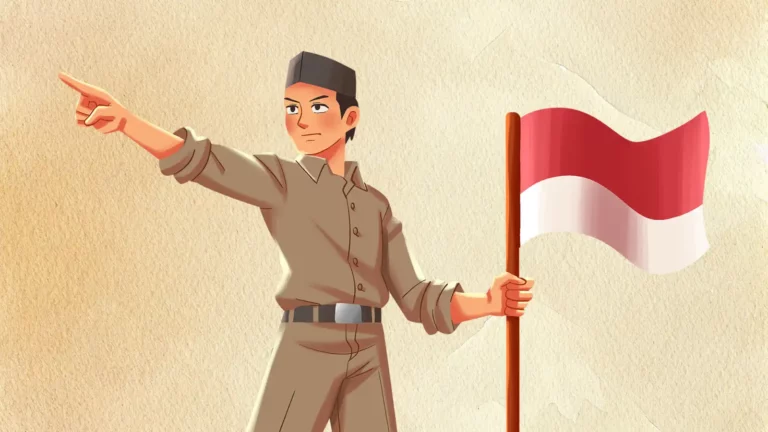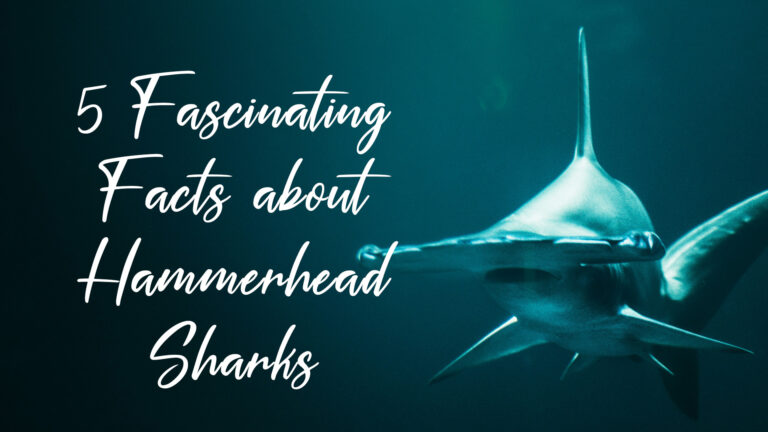
If you’ve ever heard the name Banda Neira, you may have thought of it as just another small island in Indonesia. But this unassuming gem, nestled in the heart of the Moluccas archipelago, holds a history that shaped the world as we know it today.
The story of Banda Neira is one of riches, conflict, and the quest for dominance over one of the world’s most valuable commodities—spices. Though today Banda Neira is a serene island, with its crystal-clear waters and untouched landscapes, it was once the center of the world’s spice trade.
About Banda Neira

Banda Neira, is the main island in the Banda Islands located in Indonesia’s Maluku Archipelago, about 150 kilometers south of Ambon. Covering around 19 square kilometers, it sits in the heart of the Banda Sea, surrounded by smaller islands like Banda Api, Gunung Api and Ai. Part of the volcanic “Ring of Fire,” the island is known for its rich history and stunning natural landscapes.
Renowned as part of Indonesia’s Spice Islands, Banda Neira played a vital role in the global spice trade during the 16th and 17th centuries. At its heart is the Banda Neira Fortress, a symbol of its strategic and historical importance. Let’s explore the fascinating history of this mystical island, from its role in the spice trade to its unique blend of natural beauty and cultural heritage.
The History
The Spice Treasure of the 16th and 17th Centuries
In the 16th and 17th centuries, Banda Neira and its neighboring islands were known as the “Spice Islands.” These islands were the only place on Earth where nutmeg and cloves grew. These spices, used for food preservation, medicine, and as luxury items, were in enormous demand and reached prices equivalent to gold. The rich volcanic soil of Banda Neira nurtured these aromatic plants, making it the epicenter of a global trade that would change the course of history.
But how did a small group of islands in the middle of the Indonesian archipelago become so valuable? And why were people willing to fight, explore, and sacrifice everything for control over this tiny corner of the world?
From the Portuguese to the Dutch
Long before European powers set foot in the Banda Islands, the people of Banda had already established bustling trade networks with merchants from various parts of the world, including Java, Sumatra, India, and the Arabian Peninsula. Nutmeg and mace from Banda Neira were exchanged for a variety of goods, such as textiles, ceramics, and metals.
The story begins in the early 1500s when Portuguese explorers, inspired by Vasco da Gama’s successful sea route to India, first set sail to the Spice Islands. In 1512, the Portuguese landed in Banda Neira, eager to claim the islands and their spices for Portugal. But they weren’t the only ones interested.
As the wealth of the Banda Neira spice trade became known across Europe, other nations—particularly the Dutch, British, and Spanish—began their own expeditions to seize control of the islands. This sparked a bitter and violent battle for dominance, a struggle that would last for centuries.
However, the Portuguese faced resistance from the local Bandanese people and struggled to maintain their influence. Their dominance in the region was short-lived, as other European powers began to challenge their monopoly.
By 1663, after countless battles and political maneuvers, the Dutch East India Company emerged victorious, taking control of the spice trade in Banda Neira and the surrounding islands. For the Dutch, owning Banda Neira meant holding a monopoly on nutmeg and cloves.
The spice trade not only fueled European colonial expansion but also led to some of the most famous exploration voyages in history. One of the most notable was that of Portuguese explorer Ferdinand Magellan. Magellan’s crew, on their quest to find a western route to the Spice Islands, became the first to circumnavigate the globe in the early 1500s. Though Magellan himself was killed in the Philippines, his expedition proved that the Spice Islands were worth the perilous journey.
Magellan’s fleet was loaded with spices when it returned to Spain after three years at sea. These 26 tons of spices, valued at a fortune, marked just how important Banda Neira and the surrounding islands were to the global economy.
The Spice Monopoly and the Impact of the Dutch

In the early 17th century, the Dutch East India Company (VOC) aggressively expanded its influence in the Banda Islands. Recognizing the economic potential of monopolizing the nutmeg trade, the VOC sought to control the islands completely. This led to the construction of Fort Belgica in 1611, a military stronghold on Banda Neira designed to protect Dutch interests and ensure their monopoly on nutmeg and mace.
The VOC used force and coercion to subdue the Bandanese people. In 1621, under the leadership of Jan Pieterszoon Coen, the Dutch launched a brutal campaign to gain complete control of the Banda Islands. Thousands of Bandanese were massacred, and survivors were enslaved or deported. The islands were then repopulated with slaves and indentured laborers, brought in from other parts of Indonesia to work on Dutch-controlled nutmeg plantations.
Fort Belgica: A Symbol of Dutch Power

The fortress on Banda Neira was built by the Dutch in 1611, during their conquest of the Banda Islands. Its primary purpose was to serve as a military stronghold, to protect the Dutch interests in the region, particularly the lucrative spice trade. The fortress, known as Fort Belgica, was strategically placed on the island’s highest point. Giving it a commanding view of the surrounding sea and the nearby islands.
Fort Belgica’s architecture is a mix of European military design and local influences. The strong walls and strategic location made it nearly impenetrable, ensuring Dutch control over the spice trade and the islands for over two centuries. The fortress was not only a military base but also a symbol of Dutch dominance. And it housed both soldiers and traders who managed the island’s spice production.
The Decline of the Spice Monopoly
Banda Neira, once the center of the world’s nutmeg trade, didn’t hold onto its dominance forever. By the late 1700s, cracks began to form in the Dutch East India Company’s (VOC) tight grip on the spice trade. And it was the British who dealt the biggest blow to their monopoly.
During the Napoleonic Wars in the early 19th century, the British took control of Banda Neira. For a few years, the Union Jack replaced the Dutch flag, and the spice monopoly was disrupted. However, in 1814, under the Treaty of Paris, the islands were handed back to the Dutch.
Once the VOC regained control, they strengthened their hold on Banda Neira. Fort Belgica, one of their most famous fortresses, stood as a symbol of their power. But even with their efforts, the golden days of the spice monopoly were slipping away.
A Changing World
The real game-changer came with British ingenuity. They smuggled nutmeg seeds and saplings out of Banda Neira and planted them in colonies like Grenada and Zanzibar. Suddenly, the Dutch no longer had exclusive control over nutmeg. What was once a rare and priceless commodity became more accessible, and its value started to drop.
This wasn’t just a financial hit to the VOC; it marked the end of Banda Neira’s reign as the spice capital of the world.
It wasn’t just smuggling that caused Banda Neira’s decline. As global trade routes shifted and synthetic substitutes for spices emerged, nutmeg wasn’t as essential as it once had been. The bustling ports of Banda Neira grew quieter, and the fortresses that once guarded the island’s treasures became relics of the past.
Fort Belgica, once buzzing with activity, now stood silent. The plantations, which had once fueled the ambitions of empires, turned to serving smaller, local markets.
Banda Neira Today
Fort Belgica & Fort Hollandia




Today, Fort Belgica stands as a quiet reminder of Banda Neira’s fascinating history. Perched on a hill, the fortress offers stunning views of the sea and nearby islands, surrounded by lush greenery. This Fortress has been partially restored and is open to visitors, offering a glimpse into the past of the island and its role in the global spice trade.
Fort Hollandia, also known as Fort Lonthoir, is another fascinating piece of Banda Neira’s rich history. Built in 1624 under the orders of VOC Governor-General Jan Pietersz Coen, the fort stands on Lonthoir Island, directly across from the Mini Palace on Banda Neira. Constructed by sailors, soldiers, and Javanese prisoners, it was a strategic stronghold for controlling the nutmeg trade, which was the lifeblood of the islands at the time. The VOC positioned Fort Hollandia with two key purposes in mind: to oversee the bustling nutmeg plantations and trade routes between Lonthoir and Banda Neira and to protect the Mini Palace, the administrative center of the Dutch colonial government.
In 2015, UNESCO added Fort Belgica to the World Heritage Tentative List as part of the Historic and Marine Landscape of the Banda Islands. The legacy of the spice trade and the Banda Neira Fortress continues to attract tourists and historians alike, eager to learn about the region’s past. Fort Hollandia is still standing but not in the best condition ever since a volcano erupted in 1743 and damaged the fort. A Dutch leader, Francois van Boeckholtz tried to fix it in 1976, but the damage was too bad to restore to its original state.
Topography and Natural Features





Banda Neira is characterized by a rugged and varied landscape, dominated by volcanic formations. The island’s topography features steep hills and craters, with the towering Gunung Banda Api (Banda Api Volcano), being the most prominent geological feature. This active stratovolcano, located to the northeast of the island, rises 656 meters (2,149 feet) above sea level and is visible from most parts of Banda Neira. Its eruptions in the past have shaped the island’s landscape. It was contributed to the fertility of the soil, making the island suitable for spice cultivation.
The island’s coastline is irregular, with rocky cliffs, sandy beaches, and small coves. The natural beauty of the island is enhanced by lush forests, tropical vegetation, and a vibrant marine environment. The clear waters surrounding Banda Neira are home to rich coral reefs, which support a diverse range of marine life. Making it a popular spot for diving and snorkeling.



